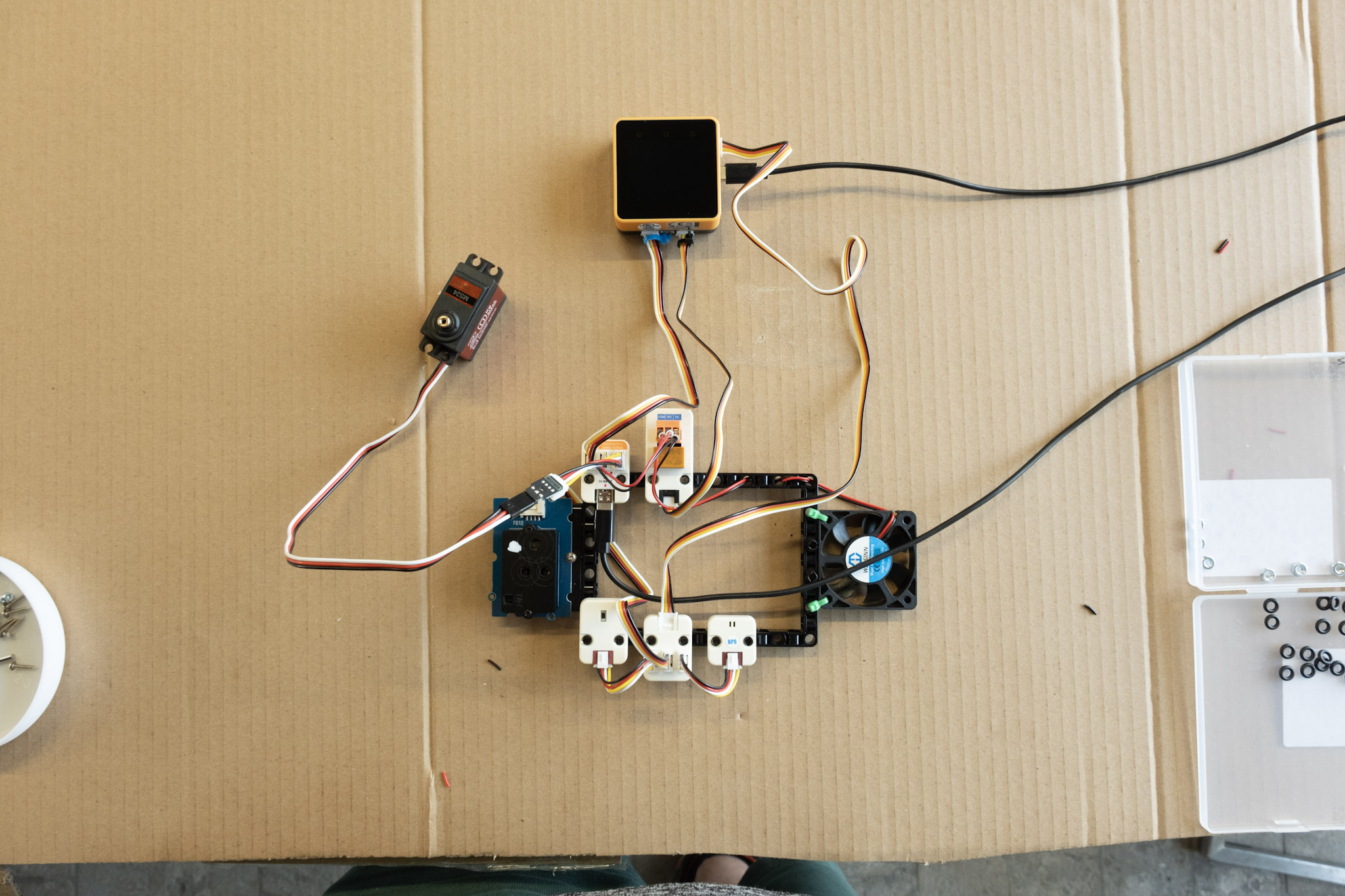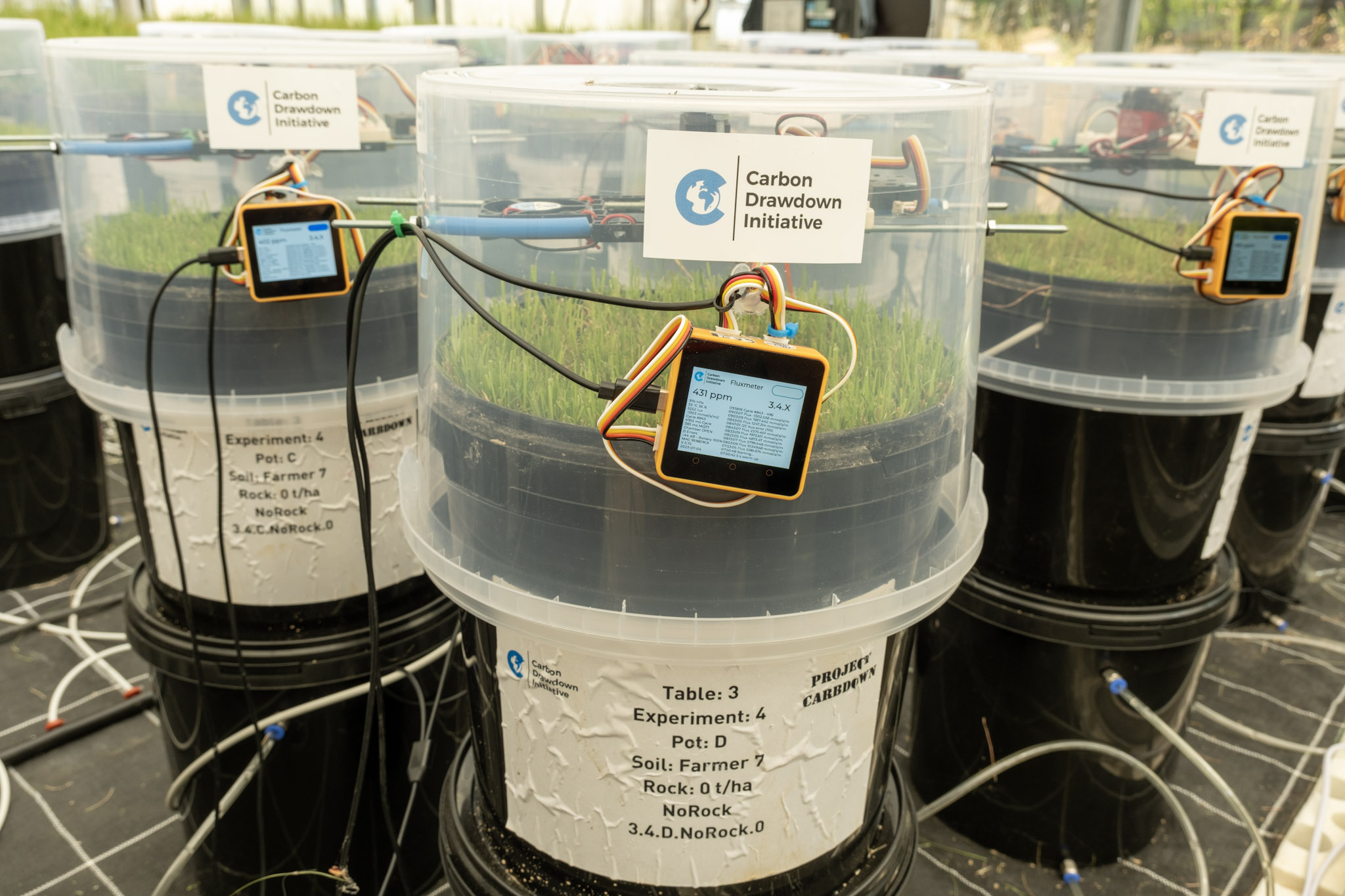The Fluxmeter Army: How We Built 50 Robots to Measure CO₂ and Help Fight Climate Change
In the heart of a bustling greenhouse, nestled among nearly 400 pots of soil, a quiet revolution is taking place. It’s not driven by scientists in lab coats wielding million-euro instruments, but by a team of passionate innovators armed with plastic buckets, LEGO parts, and a mission: to build a Fluxmeter Army—a battalion of low-cost, autonomous robots measuring soil CO₂ efflux, 24/7.
The story begins with enhanced rock weathering (ERW), a promising method to capture atmospheric carbon dioxide and lock it away in soil and oceans. But to truly understand ERW and optimize it for climate mitigation, researchers need a lot of data about the whereabouts of the CO₂—more than any conventional equipment could provide efficiently or affordably.
Apart from lab analyses of water and soil samples from the world's largest greenhouse experiment for enhanced weathering we also needed flux measurements of CO₂ coming out of the soils of our experiments. That’s when the Carbdown team decided to do something bold: build their own instruments from scratch.
Instead of shelling out tens of thousands of euros for commercial CO₂ fluxmeters, they engineered their own for just €170 apiece. Each device is a marvel of simplicity and ingenuity, using microcontrollers, off-the-shelf sensors, servo motors, and transparent plastic buckets to continuously monitor the gases escaping from soil. Every ten minutes, they wake up, close a chamber over the soil, and record changes in CO₂ levels, temperature, pressure, humidity, and light—then open up and rest until the next cycle.
These 50 robots don’t just collect data—they also send it live to the cloud, where it’s analyzed in real time. With automated calibration, centralized software updates, and remote monitoring, the system is smart, scalable, and surprisingly robust.
The results? Reliable data at a fraction of the cost. During testing, the homemade fluxmeters proved to be within 15% accuracy of top-tier commercial devices—a remarkable feat considering their humble components.
This project is more than a clever hack. It’s a demonstration of what’s possible when passion meets creativity. It’s a step toward democratizing environmental science, making advanced climate monitoring tools accessible to more researchers around the world.
And most importantly, it’s helping us get the data we need to understand one of our best natural allies in the fight against climate change: the soil beneath our feet.
Here is a blog entry describing this project:
https://www.carbon-drawdown.de/blog/2024-2-8-carbdown-fluxmeter-army
Here is a blog post about the data pipeline that we have created:
https://www.carbon-drawdown.de/blog/2023-10-22-carbdown-greenhouse-data-pipeline
Here is a video of the deployment:












Comments